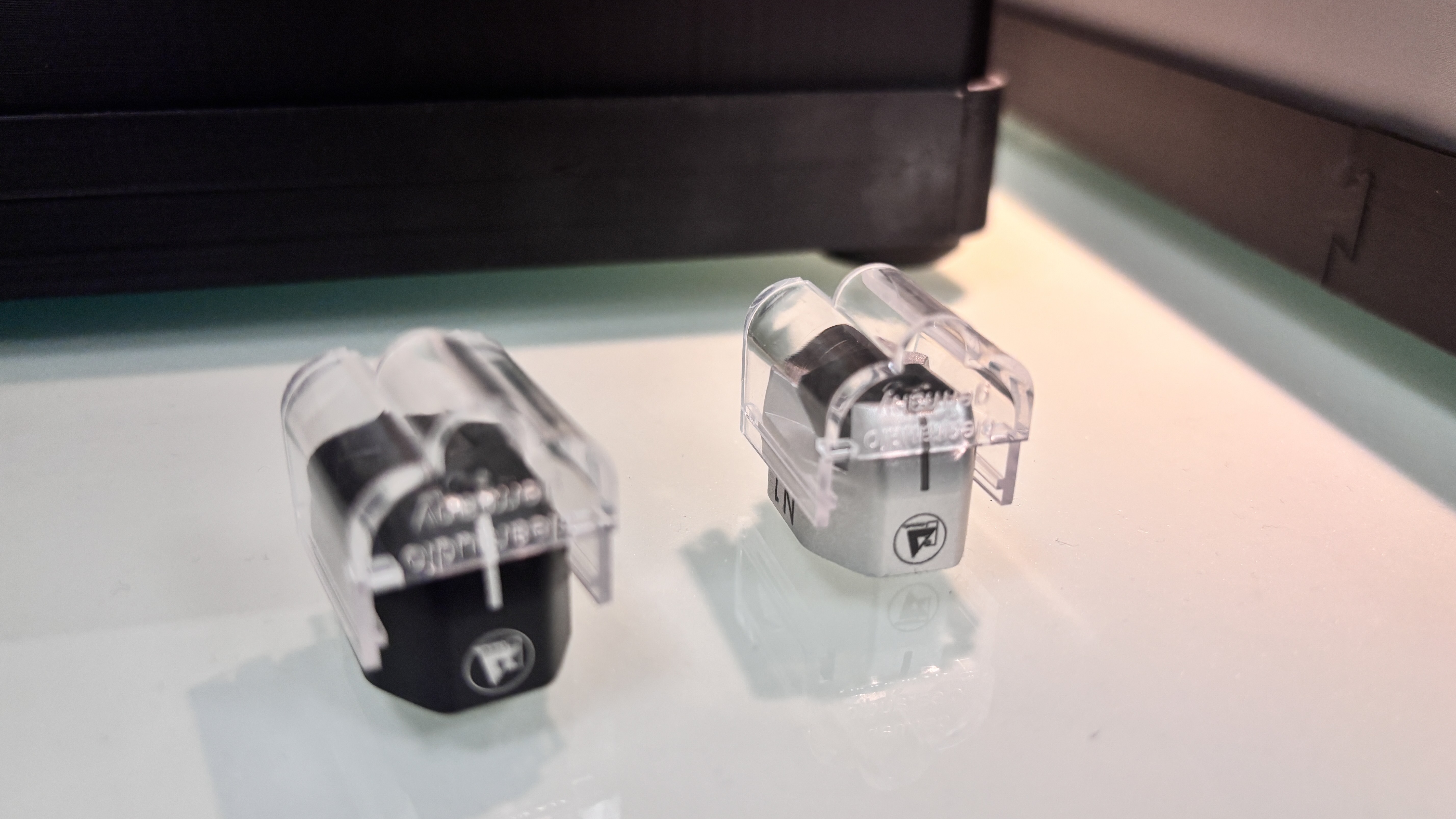Primary RGB Tandem is great, but there's better OLED TV tech to come
PHOLED, Circularly Polarised OLED, and 'true' QLED
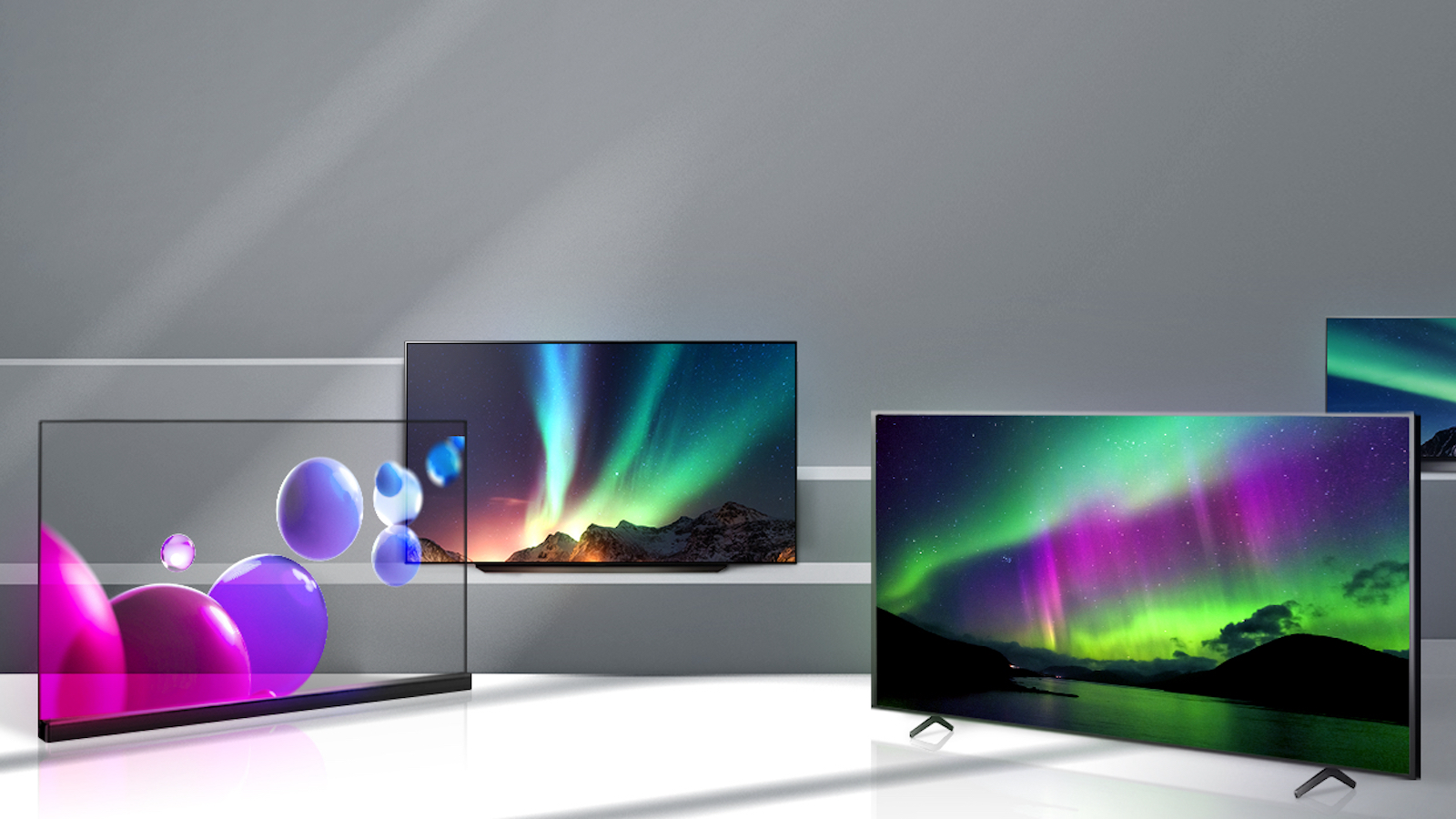
It feels like four years ago or so, much of the TV discussion was around how OLED technology had already peaked.
"OLED has already hit its limit in terms of brightness," people would say.
Well, they were wrong.
Not only have brands managed to squeeze incremental bits of extra performance (including extra brightness) out of standard, WOLED technology, we've also seen the creation of more advanced variations of OLED in the forms of QD-OLED, MLA and now Primary RGB Tandem OLED.
So, is that it? Has OLED finally, actually peaked now?
Far from it.
Not only can we expect further incremental improvements to the OLED technologies already available, but there are some big OLED technological leaps in the pipeline – plus a new competitor in the form of QD-LED, aka 'real' QLED.
Get the What Hi-Fi? Newsletter
The latest hi-fi, home cinema and tech news, reviews, buying advice and deals, direct to your inbox.
Phosphorescent OLED (PHOLED)
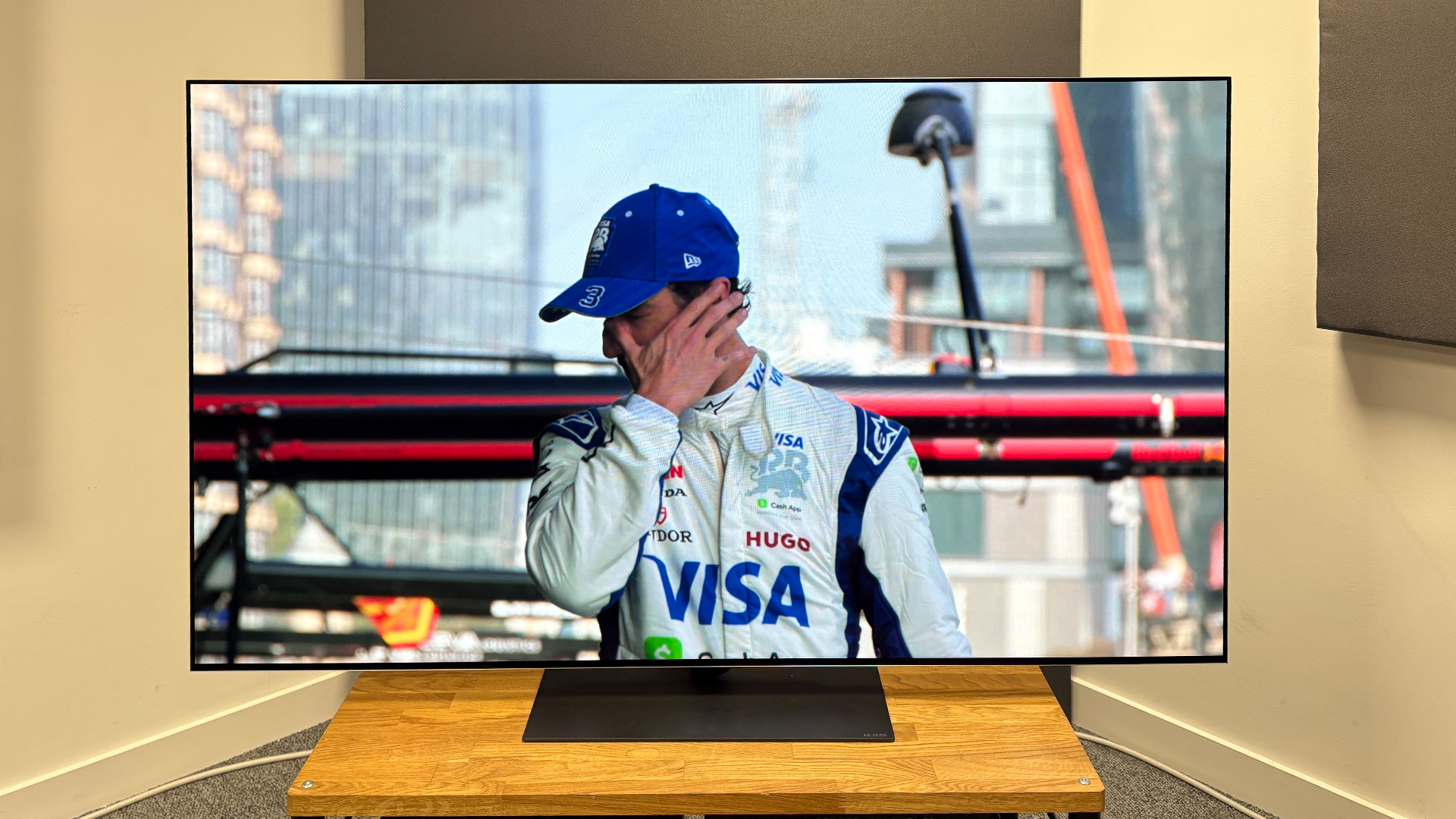
The first of these technological leaps that we're likely to see, perhaps as early as next year, is PHOLED.
Currently, OLED displays use phosphorescent materials for red and green, but fluorescence for blue.
It is said that a switch from fluorescence to phosphorescence would quadruple blue luminous efficiency.
That, of course, doesn't mean the OLED panel would suddenly be four times brighter overall, but a huge leap in blue brightness would certainly allow for a substantial increase in overall brightness.
Blue phosphorescence is apparently a very tough nut to crack, but it seems as if LG Display, which currently produces all of the WOLED and Primary RGB Tandem OLED TV panels in use today, has pretty much done it.
We first started talking about PHOLED TVs back in early 2023, when Universal Display was leading development.
Around the middle of last year, Universal Display announced that it was delaying the launch of the technology, but shortly after, LG Display announced that it had managed to produce a panel using blue phosphorescence.
There was a time when it seemed that this blue PHOLED technology could hit the market alongside LG Display's Primary RGB Tandem technology, as featured in the awesomely bright (and altogether awesome) LG G5, but that appears not to be the case.
Instead, we could be looking at a scenario where this blue phosphorescent material is added to next year's Primary RGB Tandem OLED TVs, giving them a further, massive brightness boost.
Now that's a tantalising prospect.
Circularly Polarised OLED (CP-OLED)
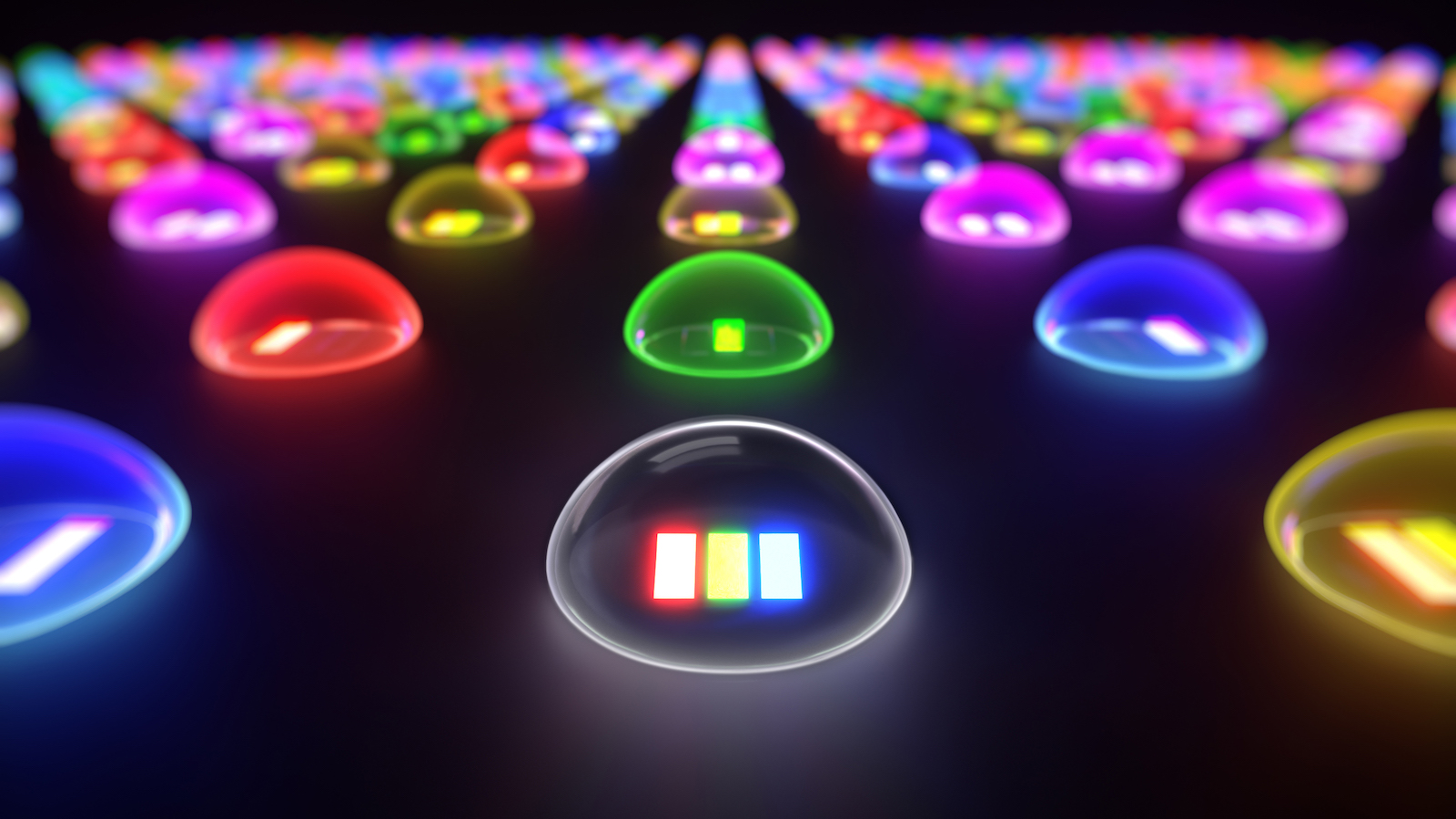
This one is a lot further off than PHOLED, but it has the potential to be a much larger upgrade. Also, because it's so early in development, it's still in a very science-y phase.
Just last month, researchers from the University of Cambridge and the Eindhoven University of Technology solved what they describe as a 'decades-old challenge'.
What they have managed to do is create OLEDs that can emit circularly polarising light.
The material used is called triazatruxene, or 'TAT' for short, and it's pretty fascinating. Apparently, it "self-assembles into a helical stack, allowing electrons to spiral along its structure, like the thread of a screw".
If these Circularly Polarising OLEDs were applied to TVs, it would remove the need for a discrete polariser – something that all current OLED TVs require and which absorbs a surprisingly large amount (roughly 50 per cent) of the light that the OLEDs produce.
Remove the polariser, and efficiency – and therefore brightness – can be massively increased.
According to the researchers, the CP-OLED prototypes they developed "showed record-breaking efficiency, brightness, and polarisation levels, making them the best of their kind".
It's surely a matter of time before one of the big OLED panel manufacturers jumps on this breakthrough and begins developing panels based on the technology, though TVs featuring it are probably years away.
QD-LED, aka NanoLED, aka EL-QD, aka True QLED
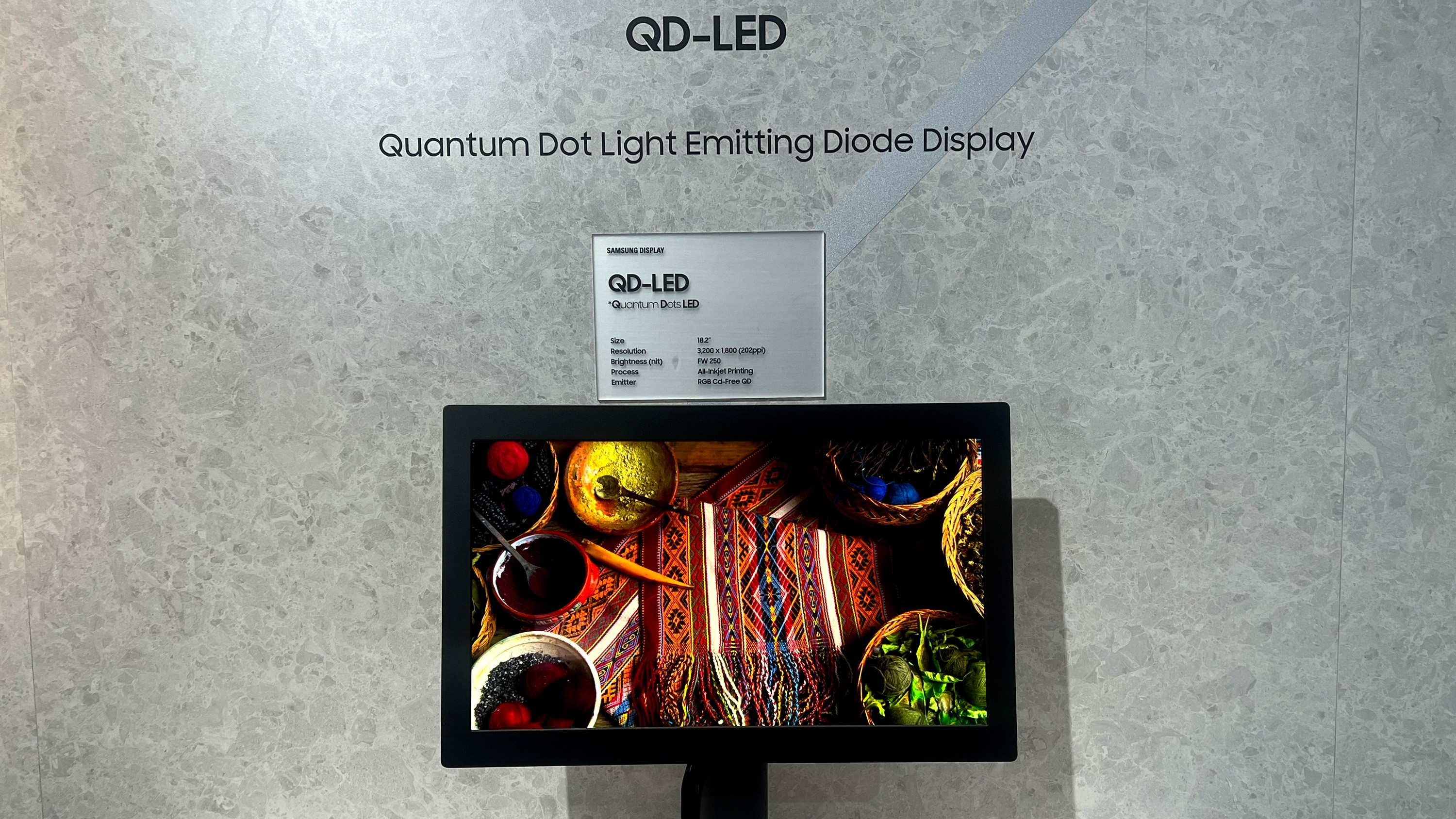
The thing with the QLED TV technology we've all become very familiar with over the last 10 years or so is that it's not real QLED.
QLED technology is really supposed to involve self-emissive Quantum Dots – like OLED but with Quantum Dots instead of organic materials – but Samsung decided to start using the QLED name for its backlit Quantum Dot TVs, and the rest is history.
'Real' QLED TVs are edging closer to reality, though, under various names such as QD-LED, NanoLED and EL-QD – and it will likely give any emergent OLED technology a run for its money.
Inevitably, it's Samsung leading the QD-LED charge.
In May last year, the brand showed off a prototype QD-LED display. It was just 18 inches in size, sub-4K in resolution, and it had a peak brightness figure of just 250 nits. Hardly figures to get excited about.
But QD-LED has the potential to be brighter and more vibrant than OLED, and without any risk of the natural degradation that's inevitable (though increasingly rare) with the organic materials of OLED TVs.
According to a recent report published in BusinessKorea (thanks, FlatpanelsHD), Samsung has recently accelerated its QD-LED plans, primarily so that it's not beaten to the punch by Chinese competitors.
That said, we could still be looking at 10 or more years before QD-LED TVs are available in shops.
In summary, there's still lots of room for OLED to get better and brighter, but it could be that it's trumped by QD-LED. Or perhaps both will be rendered mediocre by another TV technology that we're yet to even hear about.
Whichever way things end up going, there's a lot of exciting TV tech on the horizon.
MORE:
Don't want to wait that long? Here are the best TVs and best OLED TVs you can buy right now
In the short term, Sony's first RGB LED TV is on the way – and it could be better than OLED
Tom Parsons has been writing about TV, AV and hi-fi products (not to mention plenty of other 'gadgets' and even cars) for over 15 years. He began his career as What Hi-Fi?'s Staff Writer and is now the TV and AV Editor. In between, he worked as Reviews Editor and then Deputy Editor at Stuff, and over the years has had his work featured in publications such as T3, The Telegraph and Louder. He's also appeared on BBC News, BBC World Service, BBC Radio 4 and Sky Swipe. In his spare time Tom is a runner and gamer.
You must confirm your public display name before commenting
Please logout and then login again, you will then be prompted to enter your display name.

